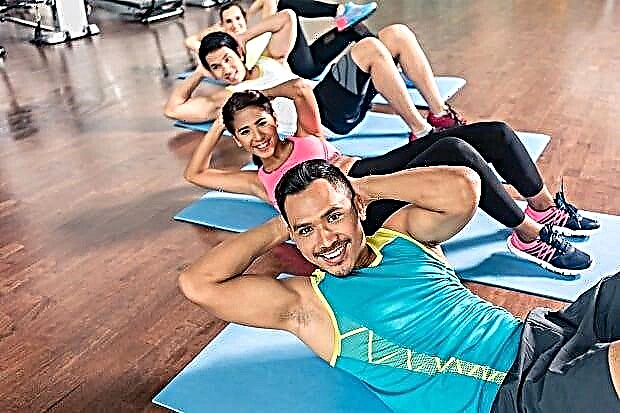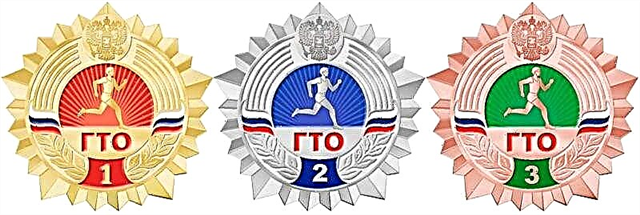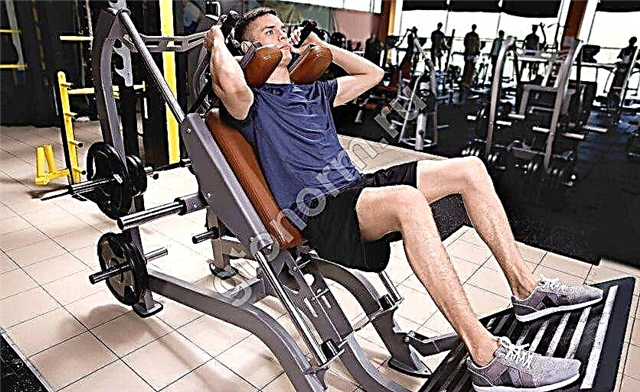Training programs
11K 0 01/20/2017 (last revision: 06/01/2019)
Many athletes in fitness or crossfit pay great attention to working out all muscle groups in their body, but at the same time they often forget about exercises for the hands. Yes, in fact, the size of our wrists is a genetic factor, but this does not make training them a waste of time - there are many effective hand exercises that increase the strength of the wrists, grip and forearms. Today we will try to figure out how to pump up the wrists at home and on what principles effective hand training should be based.
In this article we will cover the following aspects:
- why we need to train our wrists;
- types of exercise;
- typical mistakes of beginners.
Why do hand exercises?
People with an ectomorphic body type often notice that their thin wrists look disproportionate against the background of well-developed muscles of the arms and shoulders, and "how to swing the wrist?" Is the first question they ask the instructor in the gym. This picture is due to the thin radius and narrow wrist joint; in many ectomorphs, the wrist volume does not exceed 12 cm.In this regard, they wonder how to pump up the muscles of the hand and how noticeable the result will be.
The musculature of the hand consists of 33 small muscles, which are responsible for pronation and supination of our palms, as well as for grip strength. Therefore, if you are wondering how to pump up your hand grip, be sure to find a place in your training process for static hand exercises. It won't take long: working out such small muscle groups is quite enough to devote 15-20 minutes at the end of a regular workout in the gym.

© mikiradic - stock.adobe.com
A well-developed grip makes it easier to perform back exercises without the use of wrist straps or hooks, and is also necessary for really serious deadlift weights. It is also necessary for victories in armwrestling and martial arts, because it is with strong hands that truly strong hands begin.
In addition, exercises for the hands and palms must be done for people who have suffered hand injuries, this will return them to their former strength and mobility. Many of the exercises listed in our article are recommended by experienced doctors as part of injury recovery.
Types of hand exercises
Conventionally, hand exercises can be divided into two types:
- Static - those exercises that imply long-term retention of weight in a stationary state. As a rule, they are aimed at developing grip strength and strengthening ligaments and tendons.
- Dynamic - those exercises in which we bend the wrists and set the load directly on the muscles of the hand, stretching and contracting them.
So, let's figure out together how to swing the hands and wrists correctly and effectively, including at home.
Static hand exercises
- Hanging on the horizontal bar - it is necessary to hang on the bar for as long as possible, statically straining the wrists and forearms, keeping the body in a fixed position. It is recommended to use chalk for a more comfortable exercise. To complicate it, you can hang on one hand, changing them one by one.
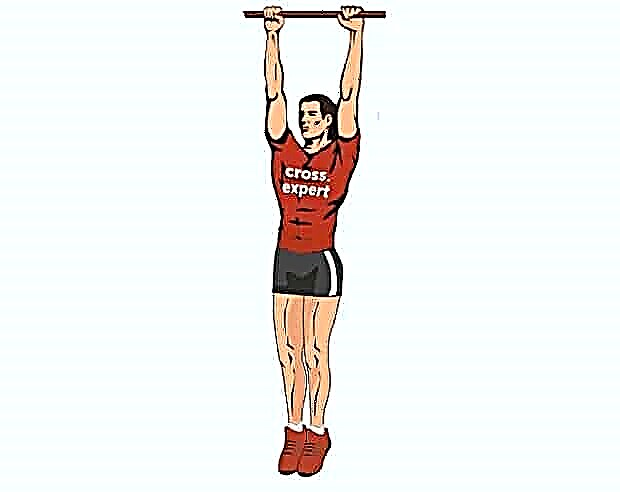
- Hanging on a towel - an exercise, the mastering of which begins teaching any kind of wrestling (sambo, judo, Brazilian jiu-jitsu, etc.). The towel must be thrown over the bar and held by its edges, while the hands must be as close to each other as possible, and the body must remain motionless. A more advanced option is hanging on a towel with one hand.
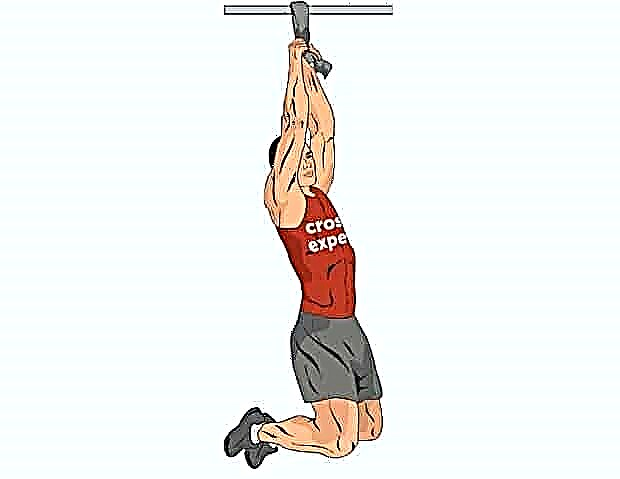
- Projectile hold - this exercise involves holding a heavy barbell, dumbbells or weights for the maximum time. The grip strength is well trained, the trapezius muscles also receive a good static load. An excellent deadlift utility. There are two more advanced variations of this exercise: using bar extenders and holding the projectile at your fingertips. Of course, the working weights in these cases will be slightly less.
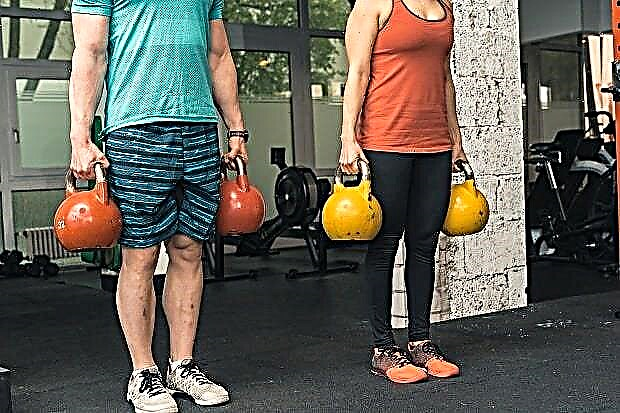
© kltobias - stock.adobe.com
- Holding a pancake - similar to the previous exercise, but when working with pancakes we use a wider and more complex grip - a plucked one. To be more effective, do the "farmer's walk" - walk around the gym with pancakes.
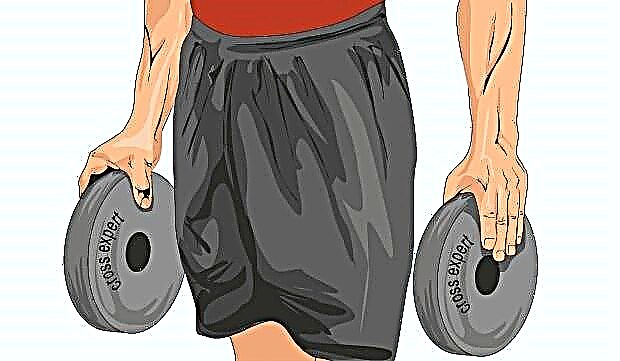
Armlifting exercises
Special attention should be paid to exercises with additional equipment performed within the competitive discipline "armlifting". The meaning of the discipline is the lifting of a special apparatus by the athlete and its fixation at the top point. The static component here is less, the movement is more explosive, mainly ligaments and tendons are trained.
If your gym is equipped with similar equipment, be sure to include the following exercises in your program to strengthen your wrists:
- Rolling thunder - lifting a projectile equipped with a round revolving handle with a diameter of 60 mm. The absolute world record in this movement belongs to the Russian Alexei Tyukalov - 150.5 kg with a dead weight of 123 kg.
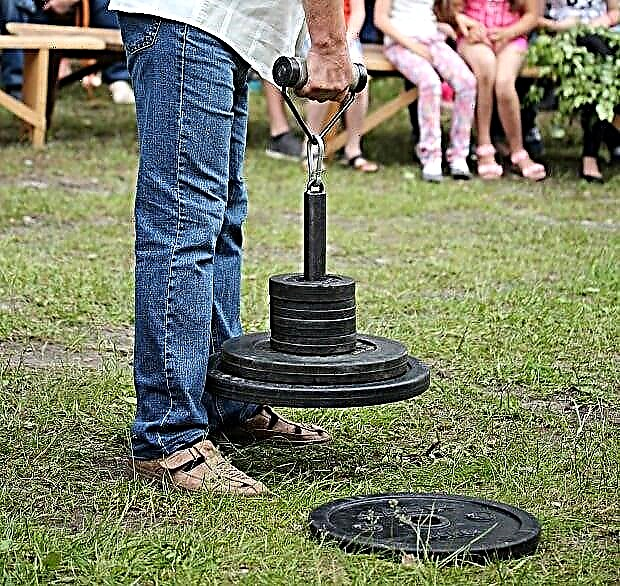
© valyalkin - stock.adobe.com
- Apollon's Axle - classic deadlift with a wider bar (diameter 50 mm). At the end point of the amplitude, the athlete should stand strictly upright, fully straighten his knees and take his shoulders back a little. The current world record is 225 kg performed by the world record holder in bench press Kirill Sarychev.
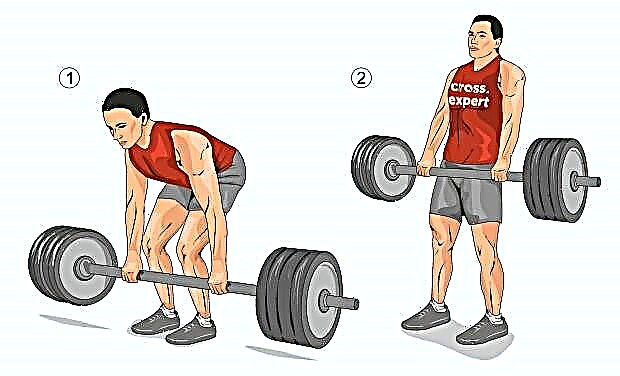
- Saxon Bar Deadlift (Double pinch grip) - classic deadlift with a special barbell with a rectangular bar with a diameter of 80 mm, while the athlete grabs the bar with two hands with a pinch grip from above, the bar is clamped with the thumb on one side and all others on the other. The record belongs to Russian Andrey Sharkov - 100 kg.
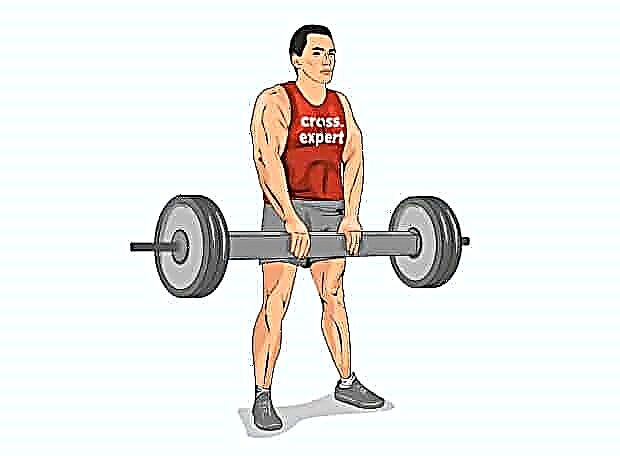
- Silver Bullet - the projectile in shape most of all resembles a bullet 45 mm long and 19 mm in diameter. A weight of 2.5 kg is suspended from the bullet, and it is clamped between the handles of the Captains of Crush expander No. 3 for men and No. 1 for women. As part of the competition, the athlete must statically hold the expander with a clamped bullet and weights in an outstretched arm for the longest possible time. The current record belongs to Russian Dmitry Sukhovarov and equals 58.55 seconds.
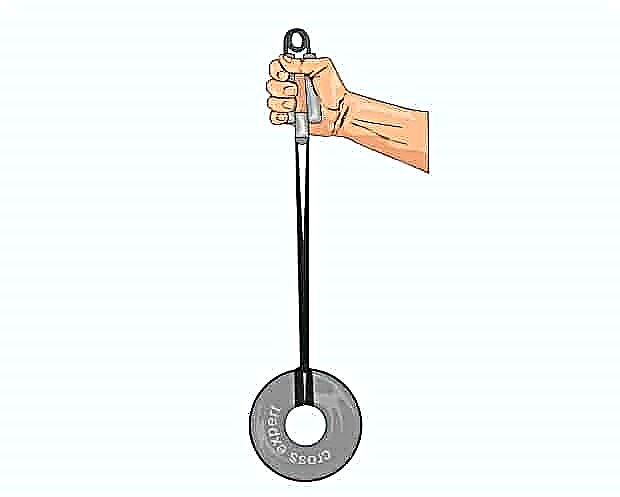
Dynamic hand exercises
- Barbell Wrist Curl - the exercise consists of flexing the wrist joint with additional weights at different angles. The bar can be positioned in front of you with a grip from above or from below, it is necessary to bend the wrists for the maximum number of repetitions in full amplitude, try not to include the biceps in the work. The weight of the bar should be moderate, with heavy weight you will not have time to properly "feel" the exercise, since the hands will stop bending after a few repetitions. Another type of this exercise is bending the hand with a barbell behind the back, so the load is more on the muscles of the forearms. For those who are interested in how to pump up the palms of the hands and increase the strength of the fingers, you can place the barbell on the outstretched fingers.
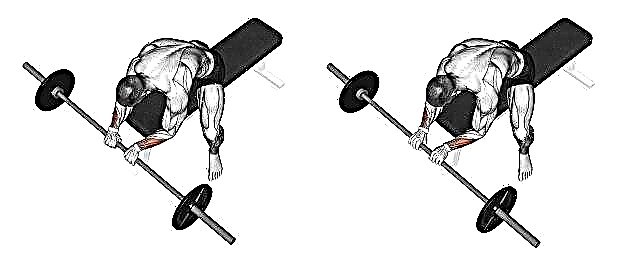
© Makatserchyk - stock.adobe.com
- Squeezing the expander - This exercise is good for increasing the strength and endurance of the palms and fingers. You can start performing it with a regular rubber expander, which is easy to find in any sports store, and then move on to a professional one (for example, Captains of Crush), in which you can adjust the compression force from 27 to 165 kg. By the way, 165 kg were submitted to only five people around the world.
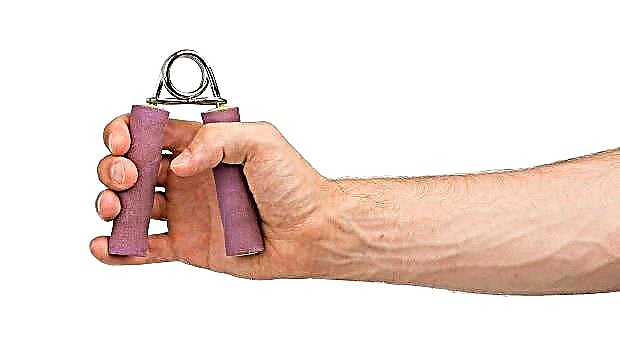
© michaklootwijk - stock.adobe.com
- Push ups - this exercise perfectly develops a pinch grip, triceps and pectoral muscles also work in it. In this case, the fingers must be spread out to the sides as wide as possible and try not to bend them during push-ups. The load can be increased - start with five fingers and gradually bring up to two. Two-finger push-ups were the hallmark exercise of martial artist Bruce Lee.
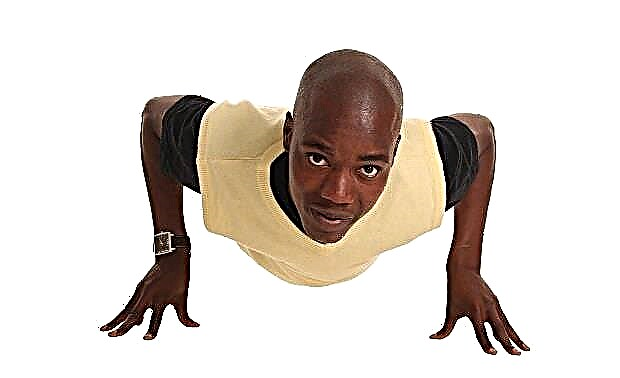
© Duncan Noakes - stock.adobe.com
- Rope climbing - a well-known exercise that perfectly develops the strength of the hands and forearms. The greatest load on the wrists will give you the option of climbing a rope without using your legs - this way the load will be continuous.
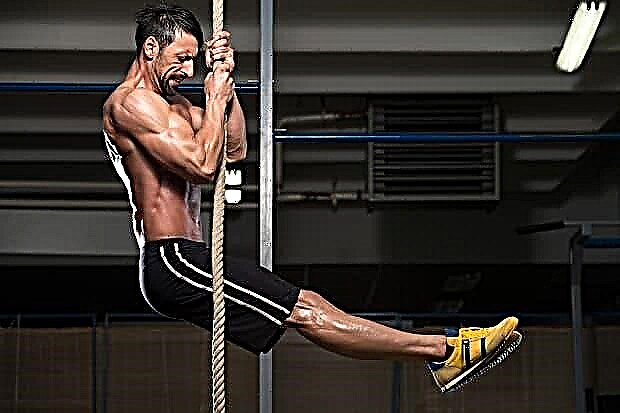
© Jale Ibrak - stock.adobe.com
- Breeding fingers with rubber - all that is needed for this exercise is an ordinary dense elastic band. Wrap it around tightly clenched fingers several times and try to fully "open" your palm. Here we train the short abductor fingers and palmar muscles.
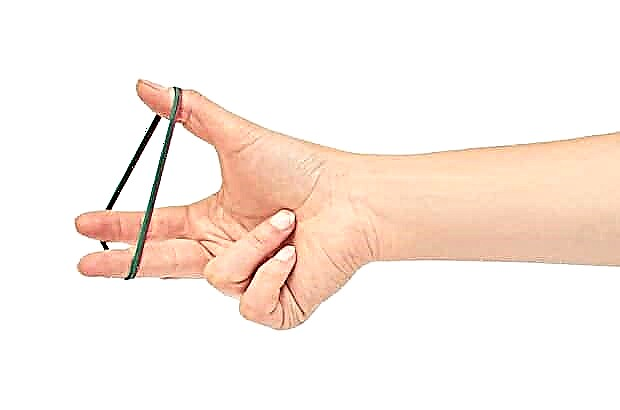
© Sviatoslav Kovtun - stock.adobe.com
Common beginner mistakes
When working on the hands and forearms, it is fairly easy to get injured, such as pulling the muscles of the forearm or stretching the wrist ligaments. To prevent this, check out the mistakes that inexperienced athletes most often make in gyms:
| Give proper attention to recovery between workouts. | Since the lion's load in any exercises related to grip strength falls on the ligaments and tendons, which recover much longer than the muscles, it is not worth rushing things, everything has its time. It is not recommended to train your wrists more than once a week, otherwise you simply will not have time to recover and risk injury. |
| Remember to warm up. | Any athlete warms up thoroughly before training for large muscle groups, but should small muscles be an exception? |
| The load should not be excessive. | You should not overtrain your wrists by doing all the exercises from our article in one workout, two or three exercises will be enough. Do not forget to sometimes vary the load, modify something or add something new, our body loves variety, and for stable progress, from time to time it needs to set new stress in training. |















